15 Ways to Boost Early Language & Literacy Skills in Inclusive Classrooms
September 3, 2019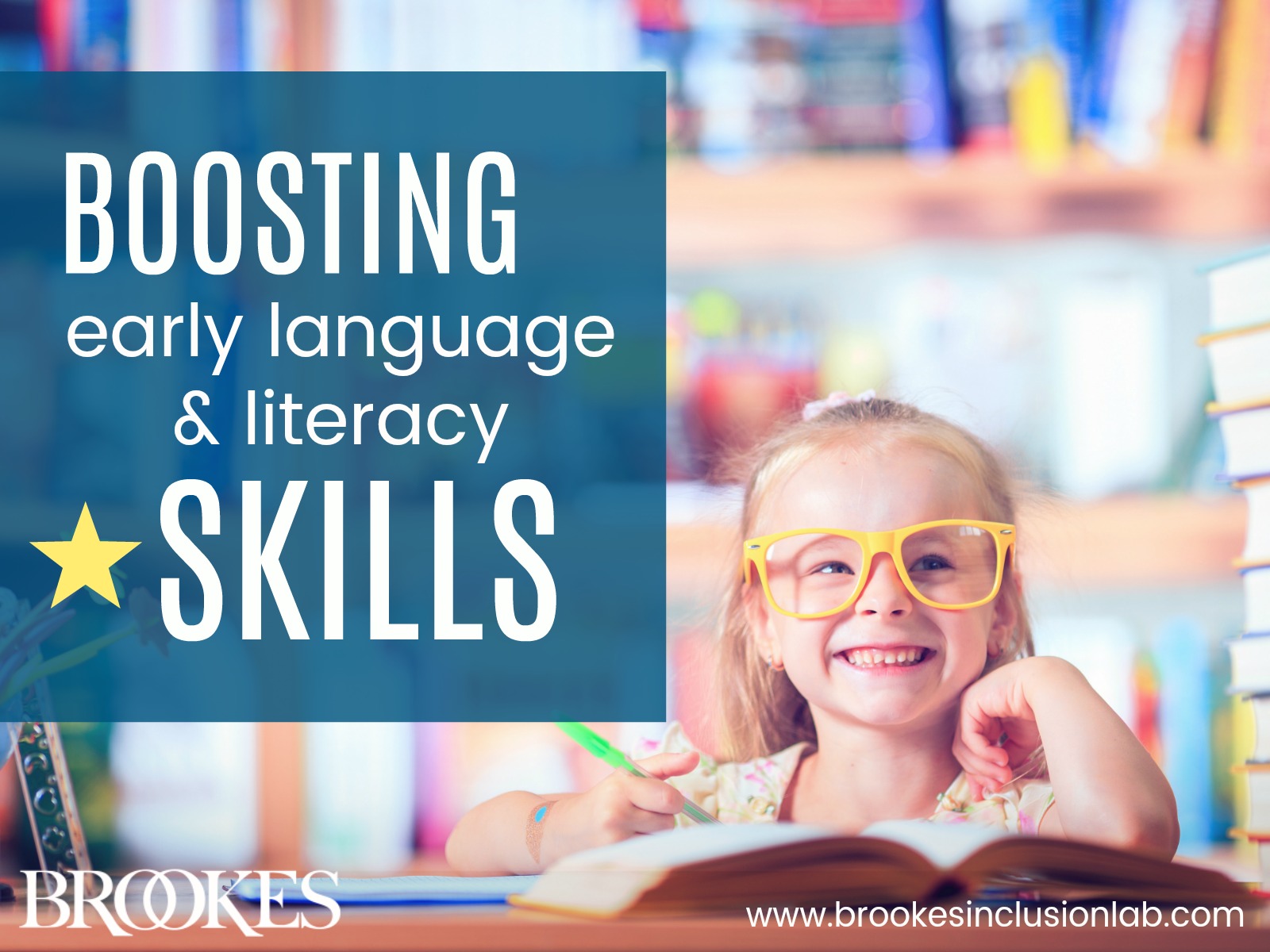
If you’re an early childhood educator, you know that the preschool and kindergarten years are an exciting time for language development. Kids are absorbing new words, hearing and telling stories, taking steps toward reading and writing, and learning to communicate with peers—and you play a key part in helping these language and literacy skills take off!
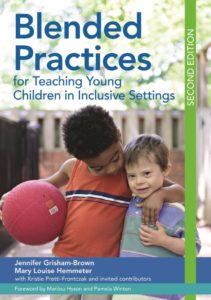 In today’s post, we bring you some simple and fun activities and strategies that get kids practicing their early talking, reading, and writing skills. Excerpted and adapted from Blended Practices for Teaching Young Children in Inclusive Settings, Second Edition, by Jennifer Grisham, Mary Louise Hemmeter, and Kristie Pretti-Frontczak, these strategies work especially well in inclusive early childhood classrooms. Try these with your students, and help promote the language and literacy skills they’ll use for the rest of their lives.
In today’s post, we bring you some simple and fun activities and strategies that get kids practicing their early talking, reading, and writing skills. Excerpted and adapted from Blended Practices for Teaching Young Children in Inclusive Settings, Second Edition, by Jennifer Grisham, Mary Louise Hemmeter, and Kristie Pretti-Frontczak, these strategies work especially well in inclusive early childhood classrooms. Try these with your students, and help promote the language and literacy skills they’ll use for the rest of their lives.
Plan a celebration. Meet with children in small groups to talk about plans for an upcoming classroom celebration. As children share their thoughts with you, record their ideas through shared writing and invite children to participate in a shared rereading of the text you create together. This will help kids understand the connection between oral language and written symbols.
Problem-solve together. Is there a problem your students are having at recess or during classroom free play? For example, are the kids having trouble sharing the swings or the play house? Call a class meeting and invite children to brainstorm solutions together. Not only does this encourage peaceful problem-solving, it also helps kids develop their oral language skills.
 Start a language-rich “restaurant.” Stock your dramatic play area with empty boxes and food containers (you can encourage kids to bring some in from home) and restaurant props with writing on them: menus, placemats, a newspaper. As children play, point out words on the props and help them draw on their own experiences at restaurants as they interact with classmates.
Start a language-rich “restaurant.” Stock your dramatic play area with empty boxes and food containers (you can encourage kids to bring some in from home) and restaurant props with writing on them: menus, placemats, a newspaper. As children play, point out words on the props and help them draw on their own experiences at restaurants as they interact with classmates.
Work writing into block play. You can model purposeful writing during any classroom play activity—for example, while the children are building a house in the block center. When they’re done with their masterpiece, write an address for the house on a notecard and tape it to the house.
Encourage story-sharing. Have children share a family tradition through a personal story. This is a great way to help kids practice using language to express ideas (while also teaching students about the diversity of family experiences).
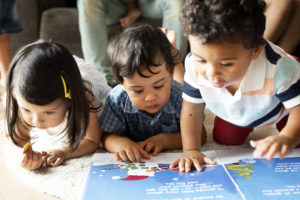 Diversify your library. Literacy-rich classrooms include a broad range of print media: fiction and nonfiction books (in home languages and in English), poetry, magazines, commercial print, and other examples of writing and drawing that reflect children’s cultures and interests. Be sure that your classroom library reflects diverse representations of characters, cultures, disabilities, and family structures. (See this blog post for ideas on how to stock your classroom with diverse books and resources.) You may also want to invite children add to the library with their own books and poems.
Diversify your library. Literacy-rich classrooms include a broad range of print media: fiction and nonfiction books (in home languages and in English), poetry, magazines, commercial print, and other examples of writing and drawing that reflect children’s cultures and interests. Be sure that your classroom library reflects diverse representations of characters, cultures, disabilities, and family structures. (See this blog post for ideas on how to stock your classroom with diverse books and resources.) You may also want to invite children add to the library with their own books and poems.
Adapt reading materials. Some of your students may need extra support to access books. For learners who have visual impairments, provide Braille overlays for books, large-print materials, or access to audiobooks, depending on their individual needs. Children with motor challenges may need slant boards, book stabilizers, or book holders. Picture references and things that children can hold can help students with a range of learning needs understand events or objects in the story.
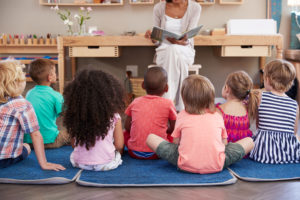 Model more complex language. Be proactive in exposing children to more sophisticated language throughout the day, including advanced vocabulary words, complex syntax, and an assortment of social uses for language. Storytelling, drama, and read-alouds can all help children take their language skills to the next level.
Model more complex language. Be proactive in exposing children to more sophisticated language throughout the day, including advanced vocabulary words, complex syntax, and an assortment of social uses for language. Storytelling, drama, and read-alouds can all help children take their language skills to the next level.
Provide meaningful definitions of new words. Help children learn new vocabulary words by offering them relatable definitions and tactile experiences. If you encounter the word “knead” in a book, you might define it as “to mix by pressing, folding, or pulling with your hands” and then give kids an opportunity to knead pretend dough in the dramatic play area.
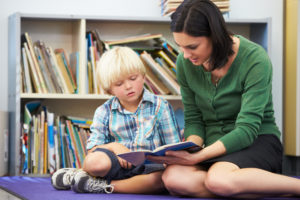 Explain idioms. Sometimes, books that use figures of speech may be confusing to young children, especially if they are English language learners or have language delays or hearing impairments. Give your students explanations and additional examples to make the meaning clear—for example, you might say, “In a pickle means in trouble. I can tell the puppy in this story is in a pickle because he can’t find his way home and he looks scared.”
Explain idioms. Sometimes, books that use figures of speech may be confusing to young children, especially if they are English language learners or have language delays or hearing impairments. Give your students explanations and additional examples to make the meaning clear—for example, you might say, “In a pickle means in trouble. I can tell the puppy in this story is in a pickle because he can’t find his way home and he looks scared.”
Accommodate AAC. If a child uses an augmentative and alternative communication (AAC) system, think about which words will need to be programmed into their device so they can practice vocabulary and participate in planned activities. For example, during a shared reading activity in which children join in on the repetitive lines in a book, those lines should be pre-programmed into a child’s voice output communication aid so that student can easily join in the chorus.
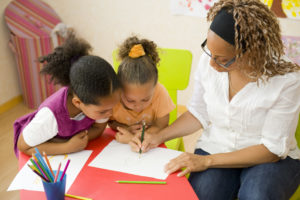 Make writing inviting. Create a dedicated writing center filled with open-ended materials that invite exploration and experimentation. Offer young learners blank paper in different colors, small dry erase boards, markers, crayons, pencils, scissors, glue sticks, hole punches, and envelopes. Varied materials will entice children into initiating self-directed writing projects. (Be sure to include adapted materials such as pencils with easy-to-hold grips for students who need them.)
Make writing inviting. Create a dedicated writing center filled with open-ended materials that invite exploration and experimentation. Offer young learners blank paper in different colors, small dry erase boards, markers, crayons, pencils, scissors, glue sticks, hole punches, and envelopes. Varied materials will entice children into initiating self-directed writing projects. (Be sure to include adapted materials such as pencils with easy-to-hold grips for students who need them.)
Write a letter together. A group letter-writing activity can be a powerful way to teach children about the real-life relevance of print. You might help them collaborate on a letter to the local fire department, asking questions and thanking them for what they do. If they receive a letter in return from the fire chief, they’ll better understand the value of using writing to communicate their thoughts and questions.
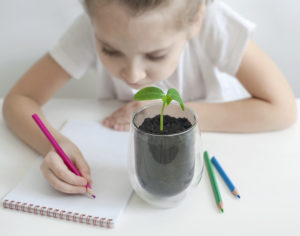 Connect writing with science activities. Do you have a class pet or plant? Place a notepad next to their cage or pot, and help students record the growth and changes they observe. If your class does outdoor science activities like nature walks, start the adventure by giving each child a clipboard with a pen attached by string. Ask them to use the clipboard to record observations—they can draw pictures of different tree varieties found on a nature walk, write down measurements of plants, or spell the names of animals they see.
Connect writing with science activities. Do you have a class pet or plant? Place a notepad next to their cage or pot, and help students record the growth and changes they observe. If your class does outdoor science activities like nature walks, start the adventure by giving each child a clipboard with a pen attached by string. Ask them to use the clipboard to record observations—they can draw pictures of different tree varieties found on a nature walk, write down measurements of plants, or spell the names of animals they see.
Make mailboxes. Want to encourage children to communicate with each other through writing? Have each student create and decorate their very own mailbox using empty tissue boxes or shoeboxes. Then encourage kids to write “letters” and deliver them to each other!
Work some of these practical strategies into your schedule this year, and help all the young children in your classroom access and learn from your language and literacy curriculum. And for more ideas on teaching all young learners in inclusive settings, check out the book:
 Blended Practices for Teaching Young Children in Inclusive Settings, Second Edition
Blended Practices for Teaching Young Children in Inclusive Settings, Second Edition
By Jennifer Grisham, Mary Louise Hemmeter, and Kristie Pretti-Frontczak
An essential reference to keep and use for years to come, this book is your guide to blending the best of special and general education, developing effective curricula, and improving outcomes for all children.
EXPLORE IT NOW

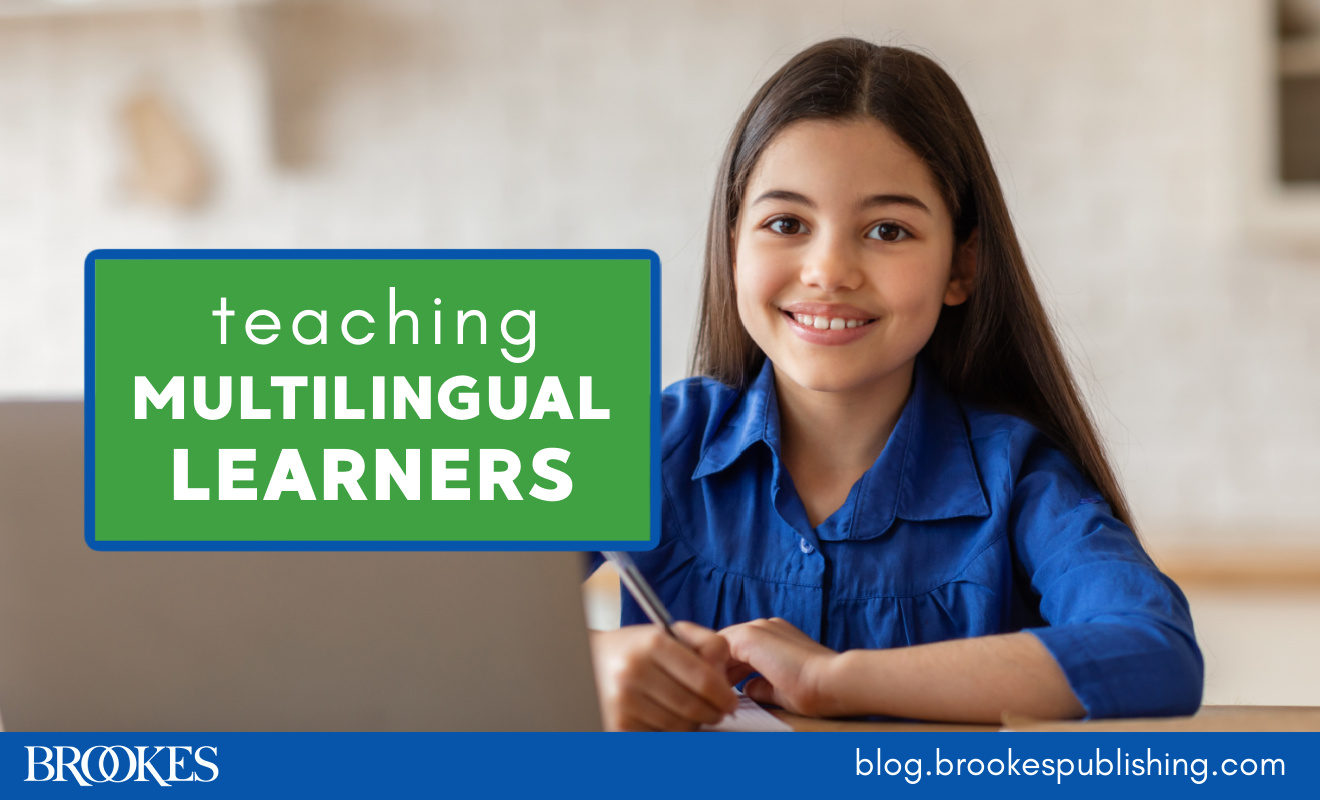
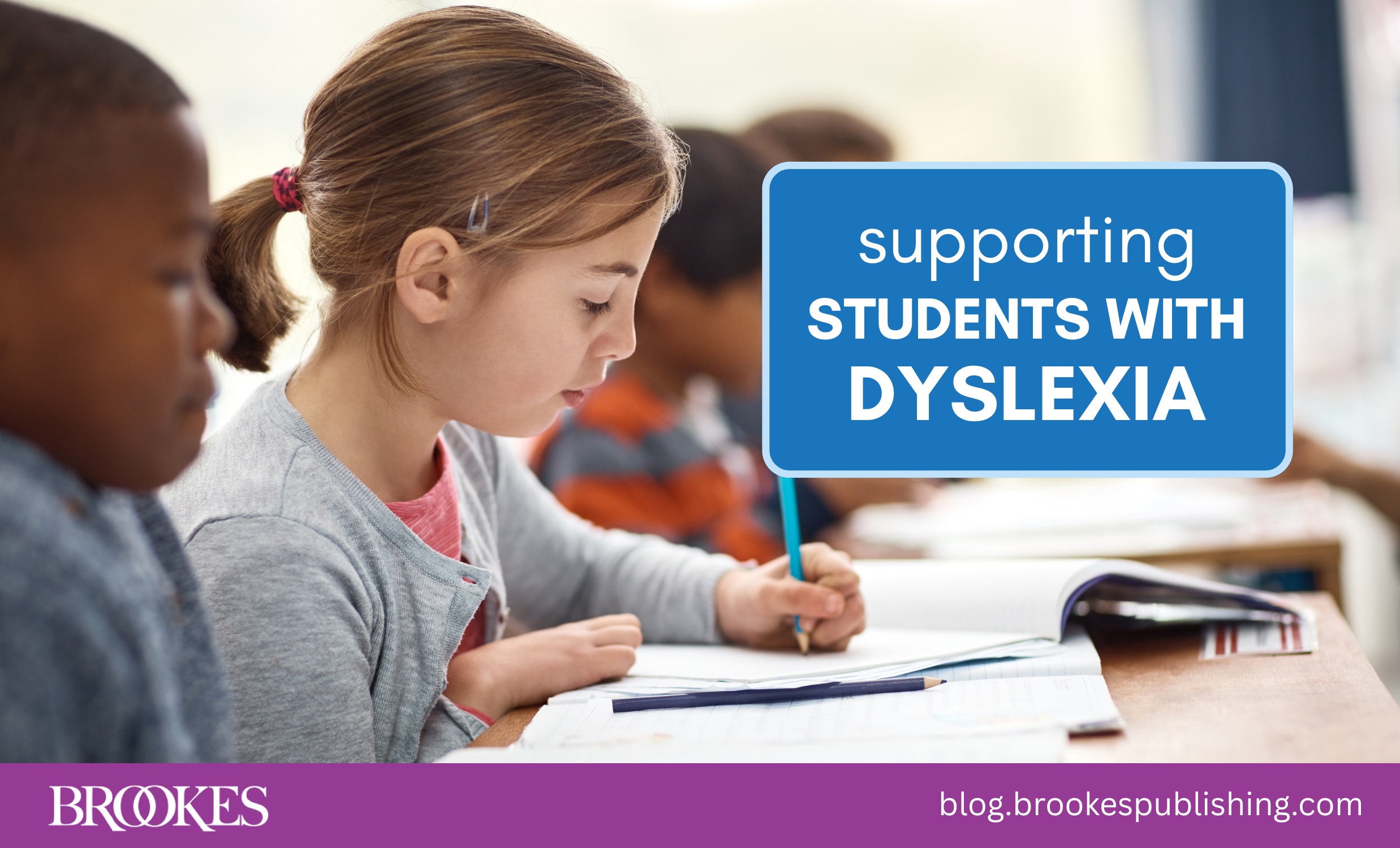
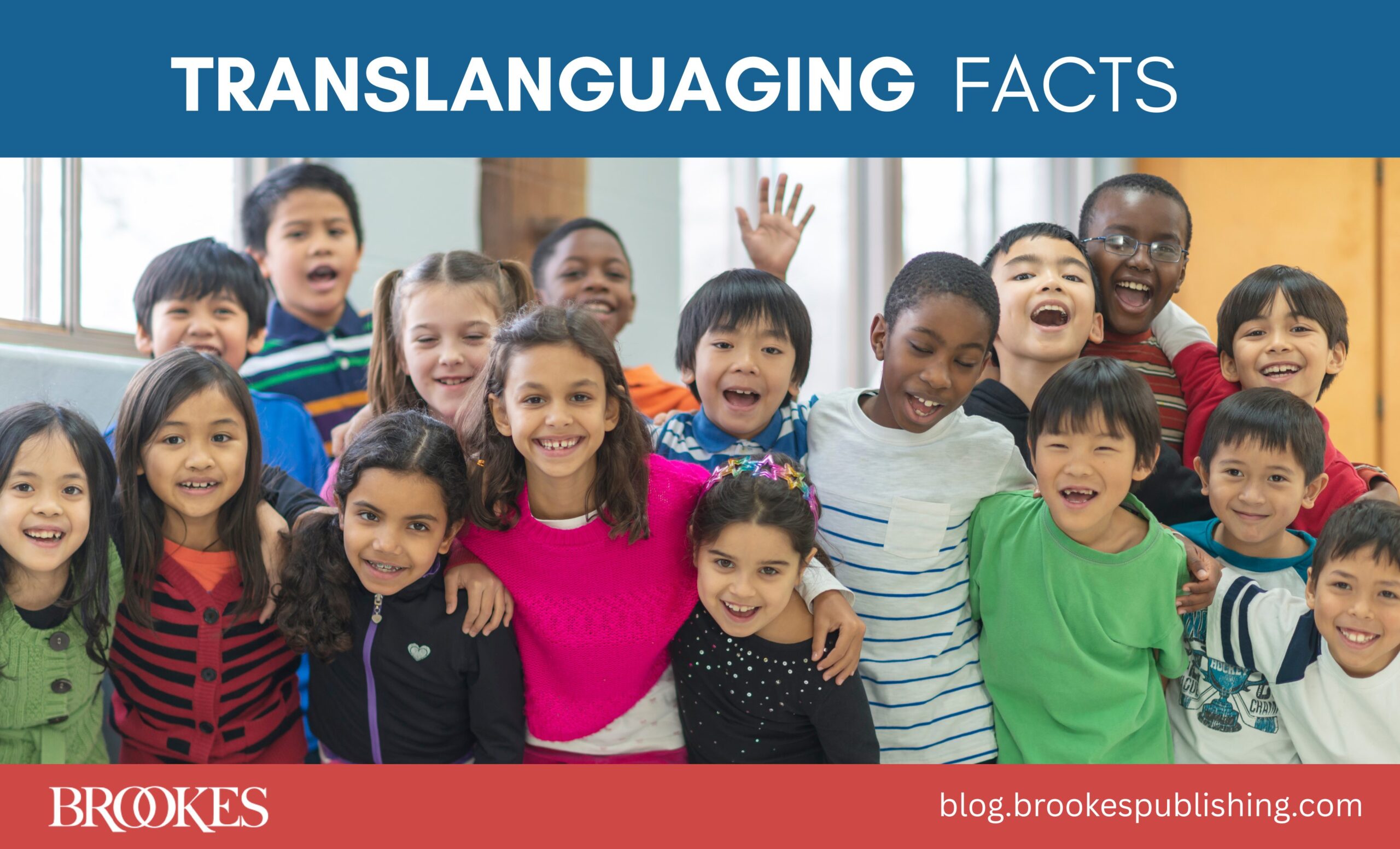
Write a Comment
Your email address will not be published. Required fields are marked *
comments
Daisy Simpson says
Hi,
Every point is too useful for parents and teachers to make their children learn. It will help them to improve their writing skills as well. Thanks for sharing such a wonderful article with all of us.
Dorothy says
Very useful tips to help ECE's and kindergarten teachers in their classroom setting. Thanks for this wonderful ideas.
jlillis says
Thank you for reading, Dorothy!
Post a Comment